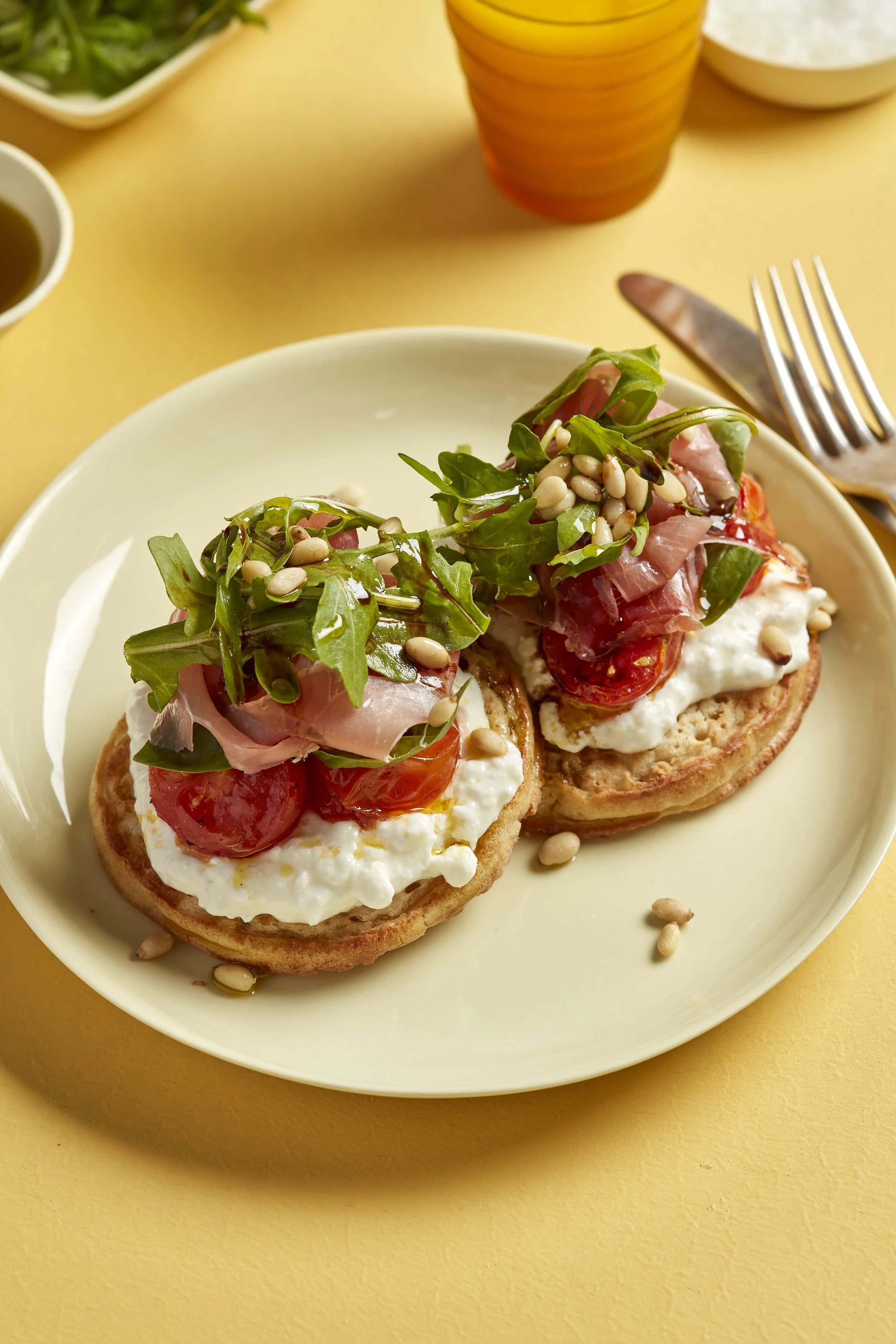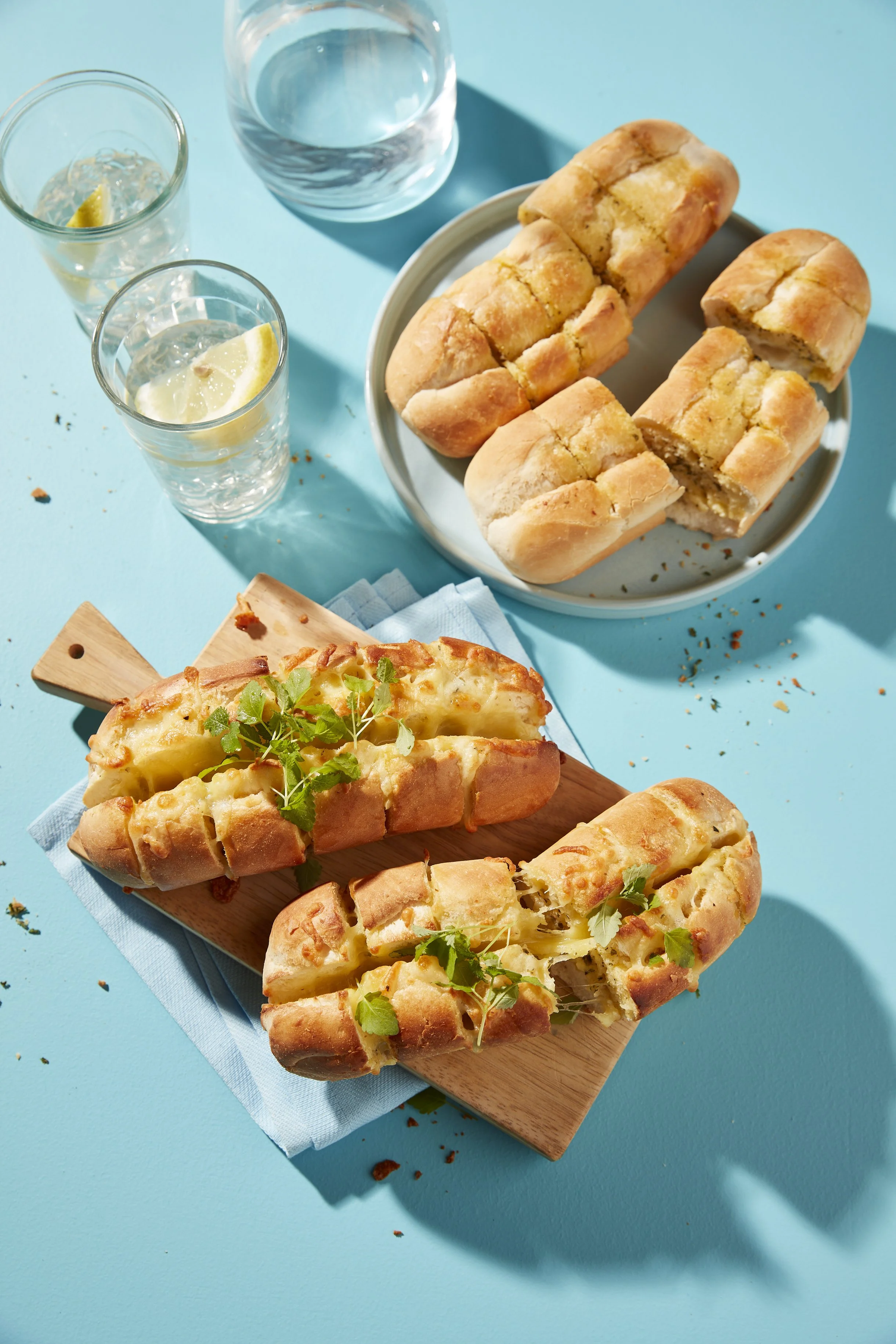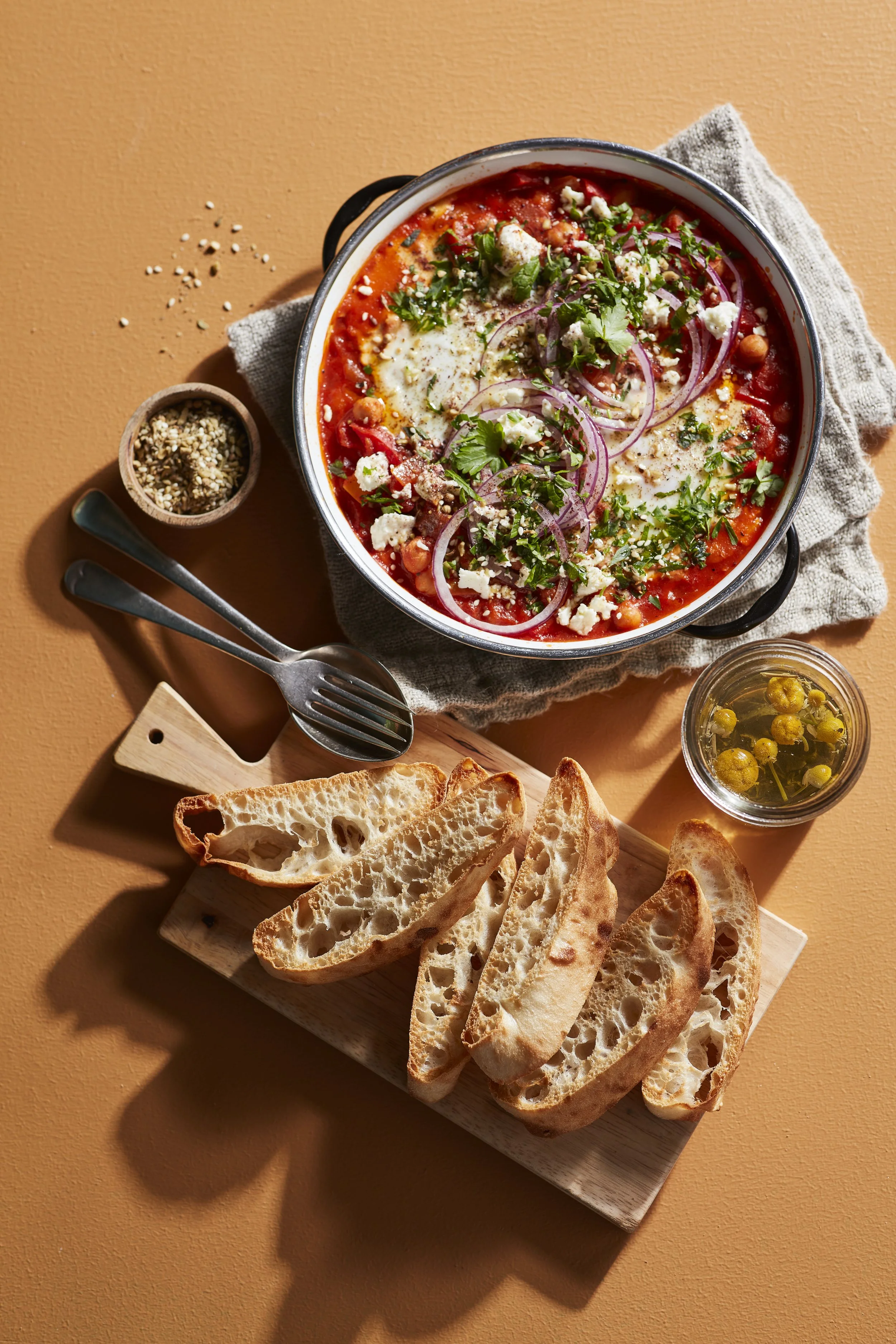Top trends in bakery
/“What we are gleaning from the feedback from our field team as well as industry bodies is that foodservice operators are still feeling the impact of cost pressures. It’s a difficult economic environment out there with consumers not having as much money to spend, so there is a lot of downtrading going on.”
So says Tip Top Foodservice Innovation Manager Darren O’Brien, whose finger is firmly on the pulse of the bakery market. “Chefs are working with a shortage of labour and skill, so they’re looking to drive cost efficiencies. But it also remains the case that the high-end places are doing quite well, because those consumers who do have money to spend are still spending, and that’s good for innovation in general, because a lot of the new influences and trends come out of these places and then work their way down through the market.”
“There’s a real appetite from chefs to try out different burger options and change things around”
In recognition of operators doing it tough, suppliers like Tip Top Foodservice are “focusing on where we feel the market needs us the most,” Darren says – “we’re continuing to supply our bread range to cafes, but the main emphasis for us is to keep things streamlined for those operators by sticking with our core products and looking at how we can help chefs with ideas to do things differently and keep it interesting for the consumer. For us that means to keep investigating new flavour profiles and treatments to keep our range relevant.”
New options in burger buns
Darren says burger buns have enjoyed strong demand over the past 12 months. “Burgers continue to be a great favourite, because they’re a reasonable cost proposition for the consumer and they’re easy for the chef to work with. There’s a real appetite from chefs to try out different options and change things around – they might take a different bun and revolve through a range of builds.”
Consequently Tip Top has extended its burger bun range with several new options. “We’ve introduced a new milk style bun made with coconut milk instead of cow’s milk because that gives operators a vegan, dairy free option to add to the menu. Many operators are focused on minimising allergens and source of food intolerance in the menu – and while it’s a given that you can’t eliminate gluten from wheat-based bakery products, you can certainly minimise other allergen and intolerance sources. I’ve said many times that if you have a bun that works really well for all menus and it happens to be vegan or vegetarian, it means the operator doesn’t have to buy in multiple options.”
Another addition to the range is what Darren describes as an “elevation” of a regular burger bun – “you have your standard burger bun and you have your premium options like brioche buns, potato and milk buns, but some operators were looking for a middle option. Our new elevated bun comes in at a pricepoint between the standard and the premium – it’s like a typical hamburger bun but with the bonus of a nice shiny glazed top and additional softness. That is doing very well in the market because it allows those operators who may not have the customer base to justify the premium options to still elevate their offering above the everyday.”
Garlic bread ‘fits everywhere’
Garlic bread is another in-demand menu choice that has really taken off – and again, Darren says this is because it’s a product that’s so easy to work with. “For many years garlic bread was relegated to a side for pizza or served in Italian restaurants – now people have realised that everybody loves it and it fits anywhere, it’s not just an Italian style accompaniment. It’s so easy to prepare – you literally just thaw it, bake it and serve it, and tricking it up can be as easy as adding some cheese, meats and other ingredients. It’s low prep and you can make it in advance, so it creates efficiencies in the kitchen because it frees up the chefs to work on other stuff – all you have to do is whack it in the oven.”
While its standard garlic bread measures 9 inches, Tip Top has recently brought out a 7 inch ‘value offer’ version which Darren says “has gone really well,” adding “we’re continuing to look at different formats to push Australia’s favourite bread forward! That combination of soft bread, crunchy crust and hit-in-the-face garlic flavour is one that customers can’t resist – particularly when people walk into a restaurant in a group, they’ll often sit down, everyone looks at each other and the first thing they want to order is garlic bread. It’s so simple they just jump on it!”
Another key focus is the morning breakfast space for grab and go – “that falls more into the area of Turkish breads, ciabattas, focaccias. People seem to be taking it a bit easier at breakfast, they’re looking for smaller options, not big meals and there’s a perception which is partly based in fact that Turkish and ciabatta breads are generally a little bit healthier and therefore a bit more permissible in this space.”
World flavours are still very much on trend, Darren reports: “There’s different elements at play here: one is textural, like putting corn chips onto a very soft burger bun, so as to create a textural contrast within the build; another is adaptability, which is about taking a standard world menu item and putting it into a burger. We’re seeing butter chicken hamburgers, Mexican burger builds where you take what would normally be served in a taco but put it in a burger instead. We’re also seeing this with Indian and Asian inspired menu items like karaage chicken going into a burger.
“These are all fairly simple ideas for operators to come up with, because all you have to do is look at the really popular dishes out there across the different cuisines and ask, how do I adapt that into a burger? And when customers see it, they think ‘that’s an interesting take on the idea’. We are seeing this a lot particularly in the pub and club space.”
“Our sales of banh mi rolls have doubled in the past year and are continuing to grow”
Darren adds that these menu adaptations are happening not just with burgers but also banh mi rolls. “They’re becoming the new space to explore and try out different things with – there’s banh mi now with vegan and vegetarian fillings, there are versions using all sorts of different meat fillings and even fish. Karaage chicken in banh mi is very popular at the moment too.
“And it’s not just the traditional banh mi approach that the rolls are being used for – they’re also being used in place of other rolls like roasts and subs. That flavour, texture, crunchiness and softness is really loved by consumers. I can best sum up what’s happening in that space by saying that our sales of banh mi rolls have doubled in the past year and are continuing to grow.”
Wraps on the rise
Warren Jones at Mission Foods, which produces an extensive range of tortilla wraps, says demand from the foodservice sector is on the rise and says this is due to their versatility and flexibility. “They can be used across so many different occasions and dayparts, from breakfast to brunch, lunch, dinner and dessert – they are a really bulletproof product that suits cafes, restaurants, QSRs alike because they’re quite difficult to damage or degrade, which makes them really easy for operators to use.”
Their application for grab and go portability has seen wraps make strong inroads into the sandwich market. “It’s all about ease of use and convenience,” Warren says. “Consumers are looking for something beyond sandwiches and burgers and the wrap provides a different format.
“There are lots of variants available, from low fat to high protein – and we’ve just introduced a premium range of flavoured wraps like Beetroot, Roast Pumpkin and Black Sesame which deliver vibrant colours that really stand out in the display cabinet and as such are ideal for catering. They have a subtle flavour profile it’s more about the visualisation of the product – the wrap is primarily the carrier for the filling ingredients, so it’s important not to make it overpowering from a flavour perspective.
“When you have these vibrant colours against a white platter, that really gives some pop on the plate, and operators also have the opportunity to use the different coloured wraps with different fillings – one colour for vegetarian, another for chicken, a third for beef so the server can easily identify which is which. The market demand is certainly there and so we’re focusing on this kind of innovation to enhance the offering for consumers.”
“Operators have the opportunity to use the different coloured wraps with different fillings”
He adds the beauty of the Australian market is that “there’s such a melting pot of cuisines, which means there’s a great opportunity to blend flavours and styles together in a wrap and come up with something new.” He cites the example of TokyoTaco, a recently opened franchise in Sydney and Brisbane, which describes its food as “Japanese meets Mexican” – “that underscores the diversity in the market and that type of approach is where a wrap fits really well, because you can use it on almost every cuisine and really make it your own.”
“Gluten free has become mainstream – it’s now a must-have on the menu”
Mission Foods is currently launching a new brand, La Canasta, aimed predominantly at those operators looking to elevate their Mexican style tortilla offerings. “The brand will be offering a fantastically flexible white tortilla wrap in 6, 10 and 12 inch options which we’re launching at Fine Food Sydney in September – we’re very excited about it.”
Gluten free wraps are also a key part of the Mission Foods range. “In our eyes gluten free has become mainstream – it’s now a must-have on the menu,” Warren emphasises. “Our research data tells us in a party of 10, there might be one diner requiring gluten free but that will be the person who dictates where the party will eat. So if you don’t have suitable menu items in that category you’re potentially missing out on sales. Twenty years ago it was a novelty but today it’s a prime driver and something that operators need to be addressing.”













